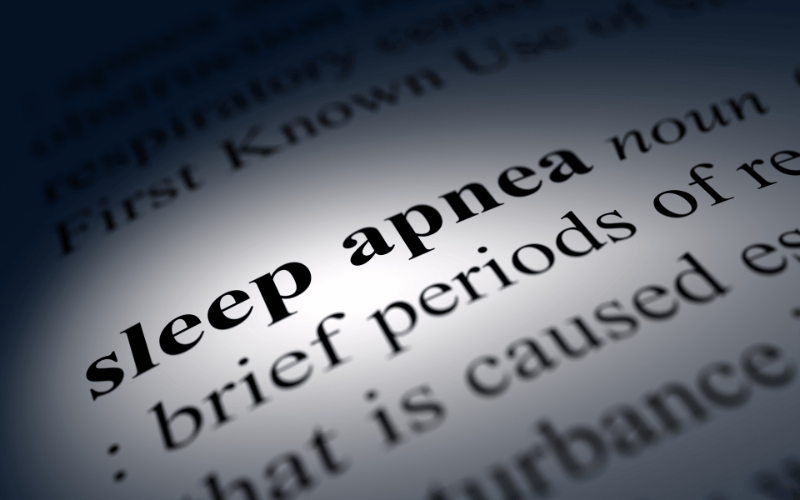Type 2: Central Sleep Apnea (CSA)

Stepping into the realm of Central Sleep Apnea (CSA) introduces us to a slightly different narrative. Unlike its counterpart OSA, CSA isn’t about obstructions; it’s about communications, or the lack thereof. In CSA, the brain momentarily fails in its duty to send the correct signals to the muscles responsible for breathing.
With CSA, the night’s symphony changes. Periodic silences dominate, where the person doesn’t attempt to breathe at all. These intervals, eerily quiet, can end with a shortness of breath, making the individual feel like they’re gasping for air. Daytime, on the other hand, isn’t much brighter, with fatigue dragging them down, despite getting a full night’s sleep.
CSA isn’t without its bag of complications. Apart from the persistent fatigue that can lead to mood changes and irritability, there are more severe concerns. Heart conditions, specifically heart failure, have a notorious association with CSA. There’s also the risk of conditions like obesity and the complexities it brings along.
For CSA, the treatment approach shifts. One effective method is adaptive servo-ventilation. This device keeps track of the individual’s breathing and produces increased airflow during periods when they might stop breathing. Apart from devices, certain medications might also offer relief by stimulating the drive to breathe.(2)